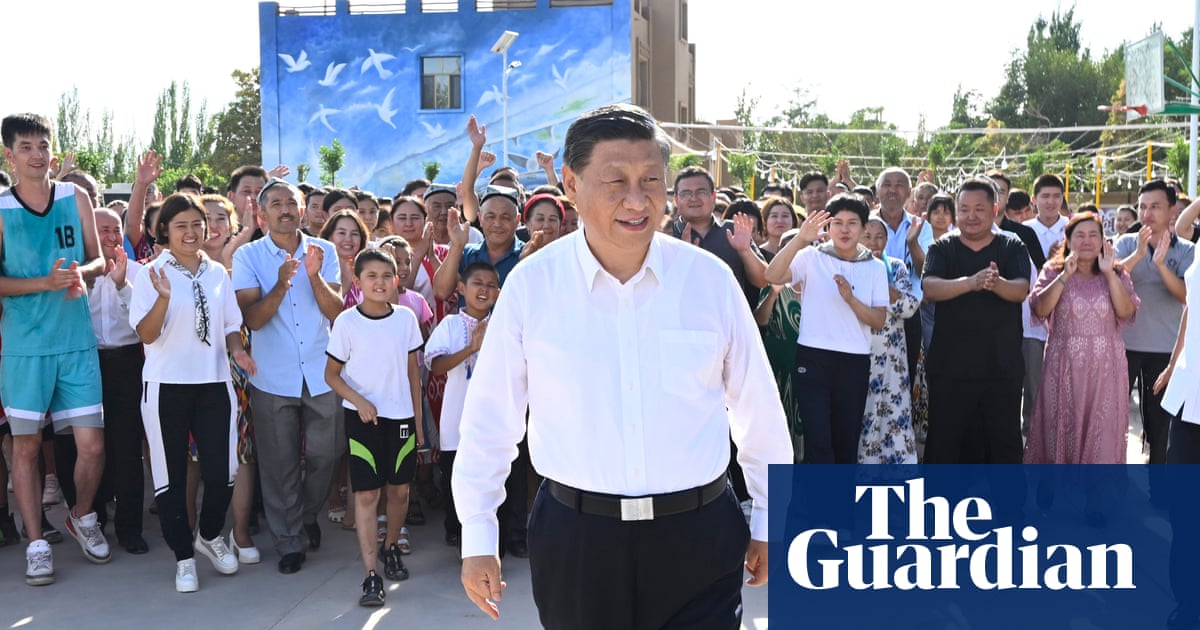Cambodian brides trafficked to China, How?
The story of a Cambodian woman who was trafficked into China has shocked the global community which is unable to come to terms with what it heard; Kunthea who worked in a toy factory in central Cambodia to feed her two children, took up a job in China for higher salary.
Kunthea is one of Cambodian women and girls trafficked to China and forced to marry a local man. Kunthea and many other women and girls were sold for money to meet the demand of theChinese government’s population policy. The coercive and abusive `one-child policy’has resulted in an acute gender imbalance.Preference for sons led to widespread sex-selective abortions. Ironically, the Chinese government has never worked for women rights. Researchers estimate there are between 30 million and 40 million Chinese women “missing” – those who should have been born.
China’s one-child policy ( 1980) had remained in place until 2016, when fears of a rapidly ageing population undermining economic growth forced the ruling Communist Party to allow two children per married couple. The policy change did show some improvement in the proportion of young people in the country, but it was deemed insufficient in averting an impending demographic crisis.
The two-child policy could not provide good results and it was replaced with three child policy. Population experts are still skeptical about the policy change, wondering how it would be able to address challenges that the 2016 change could not, due to factors such as higher cost of living and long working hours.Birth rates are not increasing.Cases of trafficking of women and girls arerising by the day.
The US based Policy Research group which recently studied data from Chinese National Statistics Bureau, indicated that the birth rate registered a fall for the sixth year in a row last year( 2021). There has been no significant change in the population growth. The Xi Jinping regime has failed to come to grips with rampant gender disparity and discrimination.
China has always been ignorant about women trafficking and gender discrimination unless two cases of trafficking hit national and international headlines early this year.
As far as trafficking of Cambodian “brides” to China is concerned, it had started rising sharply in late 2020 with mass job losses caused by the COVID-19 pandemic. The pandemic had forced more young women and girls abroad to support their families, according to charity organisations which said that over the past decade, tens of thousands of women from Southeast Asia have been sent to China by criminal networks promising lucrative jobs, only to be sold as brides – some to abusive men – as China grapples with a huge gender imbalance.Anti-trafficking organisations lamented that the impact of coronavirus on Cambodia’s garment, hospitality and tourism sectors had fuelled a spike in “bride trafficking” in 2020. There was no work, no options, for young women, so it has become even easier for perpetrators to persuade women and their families, stated Chan Saron, program manager at Chab Dai, a coalition of anti-human trafficking NGOs.
Cambodian women and girls were trafficked to China via Vietnam which has become a transit country for women headed to China. Cambodian women who have returned from China often described experiences of sexual, physical and psychological abuse, confinement, torture and forced labour.Authorities in Cambodia have expressed their inability to prevent trafficking stated that crime was difficult to tackle because victims’ relatives are often complicit and the promise of cash – up to thousands of dollars – by criminal matchmakers is difficult to resist for poor, rural families, reported Reuters.
According to available information, the practice of Cambodian women being trapped into forced marriages in China—where tens of millions of men are unable to start families and are willing to pay upward of 10,000 US dollars for a foreign bride—is not new. After Chinese Embassy in Phnom Penh became more strict in assessing visa applications of young, single Cambodian women, traffickers changed their route to avoid action by the police. Rather than flying from Phnom Penh to Shanghai or Beijing, women are now trafficked overland, passed from broker to broker, until they reach the north of Vietnam. The final leg of their journey is a clandestine boat trip around the border or a back-route car ride across it.
Meanwhile, China’s Supreme People’s Court had stated in its annual work report that it would impose the death penalty on human traffickers.The government departments announced a series of moves and campaigns early this year.
The Ministry of Public Security announced that it was starting a year-long campaign targeting the trafficking of women and children, saying that it would mobilise “everything within its power” to tackle the issue. It would mainly focus on the homeless and mentally challenged.Representatives to China’s Parliament and its political advisory body have suggested ways to beef up the law.
But these measures seem ineffective as trafficking of women from Cambodia has not stopped completely. Will Xi government do something or sit quietly on the crucial issue of trafficking of women and girls?











